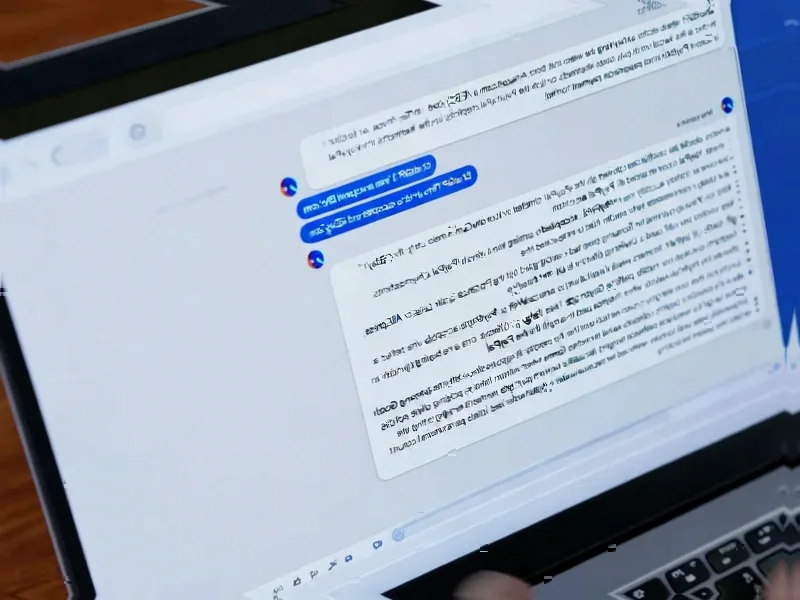According to GeekWire, Read AI just launched a new system called Operator that captures and analyzes offline work conversations including hallway chats and in-person meetings alongside virtual calls and emails. The Seattle-based startup, founded in 2021 by David Shim, Robert Williams, and Elliott Waldron, has raised over $80 million and now reports 5 million monthly active users with 24 million connected calendars. The company introduced new desktop clients for Windows and macOS plus an Android app to join its existing iOS offerings. This expansion comes as their research shows 53% of meetings now happen in-person or without calendar invites, up from 47% in 2023. Operator works across popular apps and platforms and is included in all existing Read AI plans at no extra cost.
The manual recording approach
Here’s how this actually works in practice. For those impromptu coffee chats or conference room huddles, users need to manually open the Read AI app and hit record. The system then transcribes that audio and feeds it into their AI analysis engine. It’s a deliberate choice – you’re not being passively recorded throughout your day. But that raises an obvious question: how many people will actually remember to hit record during spontaneous conversations?
The friction here is intentional. Read AI CEO David Shim made it clear they’re betting on phones being “good enough” rather than building dedicated hardware. This directly contrasts with competitors like Limitless and Plaud that require you to wear a pendant or clip-on device. Those companies argue wearables provide that seamless “always-on” experience, but Shim thinks the bigger hurdle is getting people to charge and wear yet another gadget.
The privacy elephant in the room
Now let’s talk about the obvious concern here. Recording in-person conversations? That’s a privacy minefield. Read AI’s approach relies entirely on user compliance rather than automated warnings. When you hit record, a pop-up prompts you to declare that the conversation is being captured – either via voice or text. On mobile, a persistent reminder stays visible during recording.
But here’s the thing: how effective is that really? In a fast-paced office environment, will people always properly notify everyone? And what about bystanders who aren’t part of the conversation but within recording range? This feels like one of those situations where the technology has raced ahead of workplace norms and legal frameworks.
Part of a bigger shift
This move isn’t happening in a vacuum. With more companies pushing return-to-office policies, there’s growing interest in capturing that “offline” work data. Read AI’s own research shows nearly half of work interactions now happen outside traditional meetings. Companies want visibility into what they’re missing when people aren’t on Zoom or in scheduled meetings.
Basically, we’re seeing the meeting analytics category expand beyond the digital realm into physical spaces. And while Read AI is taking the software-first approach with their new desktop and mobile apps, the fundamental question remains: do we really want our hallway conversations and coffee breaks to become data points for corporate AI systems? The company’s detailed their vision in their official announcement, but the workplace culture implications could be massive.




